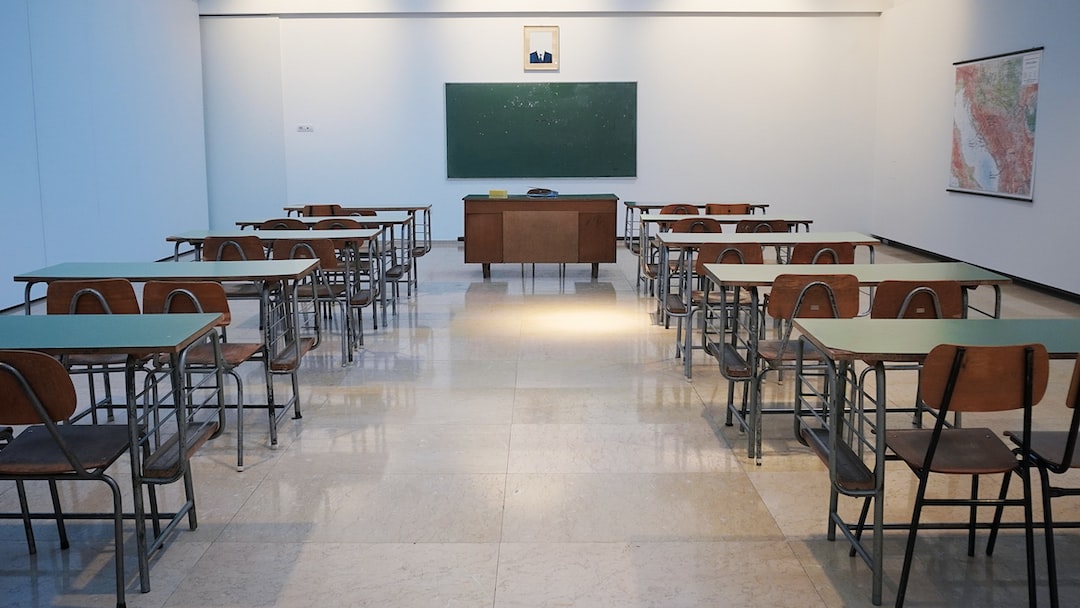Teaching Social-Emotional Skills in the Classroom
In recent years, there has been a growing recognition of the importance of social-emotional skills in education. Traditional education has often focused on academic knowledge and cognitive skills, but research shows that social-emotional skills are equally vital for students’ overall well-being and success. By teaching social-emotional skills in the classroom, educators can foster a positive learning environment and equip students with essential life skills that extend beyond the classroom walls.
What are social-emotional skills?
Social-emotional skills encompass a range of abilities that enable students to navigate and thrive in social interactions and emotional experiences. These skills include self-awareness, self-management, social awareness, relationship skills, and responsible decision-making. Self-awareness refers to understanding one’s own emotions, strengths, and weaknesses. Self-management involves regulating emotions, setting and achieving goals, and developing resilience. Social awareness entails understanding and empathizing with others, while relationship skills focus on building positive relationships and working collaboratively with others. Responsible decision-making involves making ethical and constructive choices.
Why are social-emotional skills important?
Developing social-emotional skills is crucial to students’ overall well-being and success, both academically and in their personal lives. Research consistently shows that students with strong social-emotional skills have higher academic achievement, improved mental health, and better job prospects in adulthood. These skills enable students to build positive relationships, communicate effectively, resolve conflicts peacefully, manage stress, and make responsible choices. Social-emotional skills also enhance motivation, self-confidence, resilience, and emotional intelligence – all of which are essential qualities for lifelong learning and success in an ever-changing world.
How can social-emotional skills be taught in the classroom?
Integrating social-emotional skills into the classroom requires intentional and systematic approaches. Here are a few effective strategies that educators can employ:
1. Create a positive classroom environment: A positive and inclusive classroom atmosphere lays the foundation for developing social-emotional skills. Teachers can promote respect, empathy, and active listening by establishing clear expectations and fostering a sense of belonging. Encouraging cooperative learning and valuing diverse perspectives helps build a classroom community that supports social-emotional growth.
2. Teach explicit skills: Just as academic skills are explicitly taught, social-emotional skills should also be taught directly. Teachers can use age-appropriate lessons and activities to teach self-awareness, self-management, social awareness, relationship skills, and responsible decision-making. These lessons can include role-playing, problem-solving activities, group discussions, and reflection exercises.
3. Model and reinforce positive behaviors: Teachers serve as role models for their students, and they can model social-emotional skills in their own behaviors and interactions. By demonstrating empathy, active listening, and conflict resolution strategies, educators can show students how to navigate social situations effectively. Offering positive reinforcement and recognition for students’ social-emotional growth further reinforces these skills.
4. Foster SEL through curricular integration: Social-emotional learning (SEL) can be embedded across the curriculum, making it a part of the everyday learning experience. Teachers can incorporate SEL into various subjects, such as literature discussions that explore characters’ emotions, science experiments that require collaboration, or history lessons that examine ethical decision-making. This integration helps students see the relevance and application of social-emotional skills in multiple contexts.
5. Involve parents and the community: Building social-emotional skills requires a collaborative effort between school and home. Educators can engage parents and caregivers by sharing information about social-emotional learning, providing resources for at-home practice, and involving them in classroom activities that promote social-emotional growth. Furthermore, partnering with community organizations can expand support and opportunities for students’ social-emotional development.
The benefits of teaching social-emotional skills in the classroom extend far beyond the academic realm. By investing in students’ social-emotional well-being, educators create a positive and inclusive learning environment that promotes overall success and resilience. These skills equip students with the tools they need to thrive in school, build healthy relationships, and lead fulfilling lives. As educators, it is our responsibility to recognize the significance of social-emotional skills and prioritize their cultivation in the classroom.

